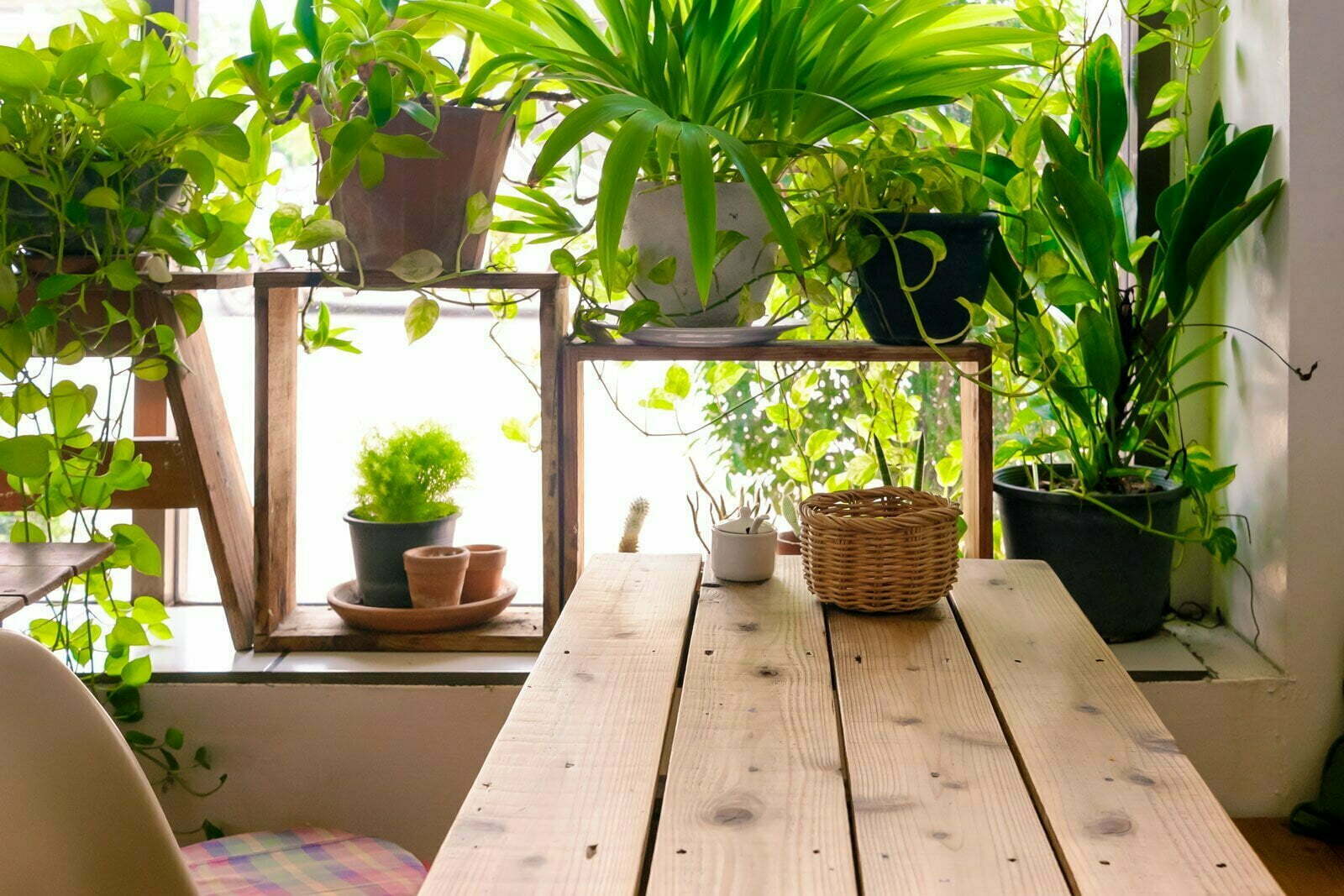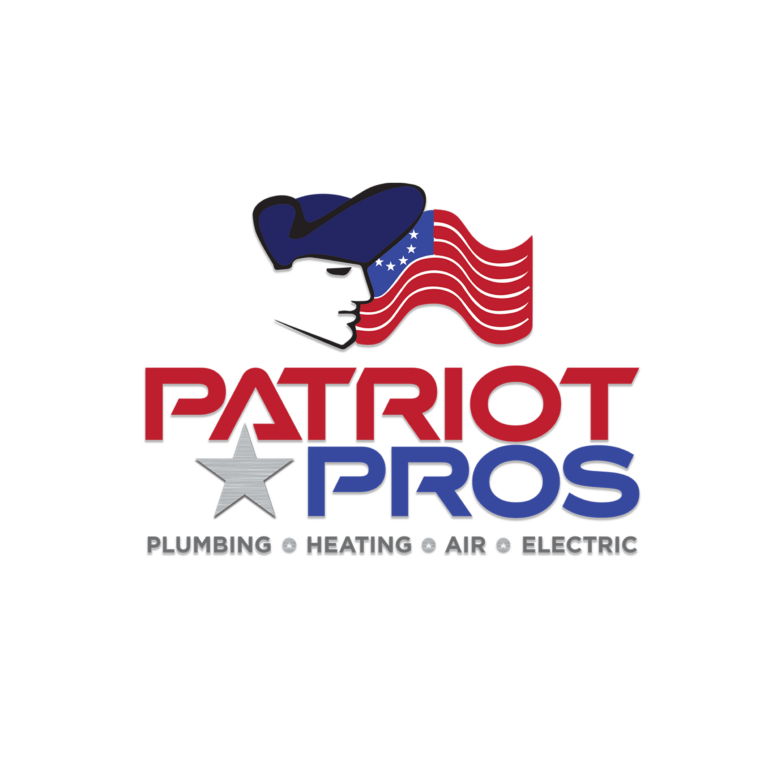Creating an Indoor Garden for the Winter
If you live in a four-season climate, an indoor garden is one option for growing plants during the colder months. Growing a garden indoors is relatively straightforward if you have the correct setup and equipment. You don’t need a big budget to be successful, and you can increase your chances of a successful indoor garden by selecting species that do well indoors.
Furthermore, studies have shown that having plants in your environment can increase air quality, reduce stress, and improve your mood. Here is what you need to know to successfully create an indoor garden during the winter.
Creating a Plan
There are several steps to creating a plan for an indoor garden. First, you need to define your goals; the ultimate setup will vary depending on the type of garden you want.
- If you want plants in your bathroom, you will want to invest in species that love moisture and can tolerate humidity. On the other hand, if you have a bright room with a flood of natural light, you need to select plants that thrive in sunlight.
- You should also consider the amount of space you have and your budget. Will you be devoting your entire basement to the project, or will you be adding a few plants to spruce up a table or two? You can work on a limited budget, but specific plants or a more-expansive garden setup may require a larger investment.
- If you are new to indoor gardening (or gardening in general), you can start with something simple, such as growing a few low-maintenance herb plants for your kitchen. This approach allows you to build on successes, and to gain the experience and confidence necessary to try something more challenging the following year.
- If you want to get serious about indoor gardening, you can consider making home improvements that aid your growing efforts. For example, you can update your electrical system to support grow lights, get a new HVAC installed for better climate control, or undertake a furnace repair so that you can better regulate the temperature.
Whether you are starting small or stepping up to a large indoor garden project, the most important first step is to have a concise plan before you take any additional steps.
Materials
Some materials and tools will prove indispensable regardless of the size and style of your winter indoor garden.
- Watering cans. These vessels help you water correctly. More importantly, they are far easier on the plants’ root systems because they distribute water evenly. A good watering can may help reduce the risk of over-watering.
- Multipurpose spray bottles. These can raise the humidity, keep the topsoil moist, and help distribute natural pesticides over plants.
- Neem oil. For many plants, neem oil is an excellent pest repellent. It disrupts the hormone systems of common bugs so that they become sterile and can’t reproduce anymore.
- pH testing kit. This kit is necessary to determine the pH levels in the soil so you don’t kill your plants with overly acidic dirt. They are essential for determining your plant’s feeding schedule and the need to replace potting soil.
- Grow bulbs. Winter days are usually short in northern latitudes. You will have to invest in grow bulbs to replicate the sunlight for your plants. These lights help you maintain consistent growth and reduce the danger of plant shock due to inadequate light.
- Oscillating fans and a proper HVAC system. The importance of these tools cannot be understated. Air movement helps strengthen the branches and main stem of plants by exposing them to refreshing drafts. They also prevent the growth of mildew and mold and the buildup of humidity in the air. An HVAC system with a precise thermostat and well-distributed air can help achieve perfect climate control for your indoor garden.
- Pruning shears. These are necessary for making precise cuts to remove dead or unwanted branches and foliage without damaging the plants. The size of the shears will depend on the size of your plants.
Of course, there are many other materials you might have to get, depending on your specific plans. However, the above are necessary for most types of indoor gardening projects.
Steps for Setup
Again, the precise setup will differ depending on the type of indoor garden you’re trying to create. However, generally speaking, especially for the more straightforward herbs, greens, or common houseplants, the steps below should get your seeds to sprout:
- Fill your container with approximately two inches of soil, making sure the top surface is flat.
- Place the seeds on top of the dirt. Don’t push them down because you’ll be covering them during a later step.
- Cover the seeds with an additional thin layer of dirt. You can sprinkle it with your hand to ensure a fine layer of coverage. You do not want to press or flatten this layer of dirt.
- Place the container in a safe area away from HVAC ducts and cold drafts and shower your seeds with a small mister or spray bottle. The mister will ensure that you don’t overwater your seeds.
- When you’re done, place the tray in a sunny spot or under grow lights. Make sure to shower the seeds every few days. The soil should remain moist but not soggy. If your home is especially dry, daily spraying may be necessary.
Lighting
If you’re growing any sun-loving plants, then lighting is a necessary factor. You can consider placing your plants near a south-facing window, but natural light may not be enough if you want to grow them to maturity. This problem can be especially acute if you live in a place with short winter days.
The good news is that there are many different types of widely available grow lights. You can choose the variety that best fits your needs:
- Incandescent bulbs are cheap and widely available, but they are inefficient. If you have lots of plants, your electricity bill could skyrocket. Another drawback is that incandescent lights won’t last nearly as long as other options.
- Fluorescent lights are common and popular because they last longer than incandescent bulbs while consuming less energy. They come in a compact bulb-like form or in longer fluorescent tubes that produce more light but require special fixtures. These are excellent for starting seeds.
- High-Intensity Discharge (HID) lights are for extensive indoor gardens, greenhouses, or room-sized home gardens. As the name suggests, they produce high-intensity light while being even more efficient than fluorescent bulbs. However, they’re also quite expensive and only a reasonable option for very serious indoor gardeners.
- LED (Light Emitting Diode) lights are the most modern kind of lighting for indoor gardening. They are very compact, efficient, and bright, and you can alter light intensity by changing to a different bulb. While they are also pricey compared to fluorescent lights, they last longer and are gradually getting cheaper as the technology improves.
Air Quality and Climate Control
Other considerations for growing plants include air quality and temperature control. For most plants, the ideal temperature is between 65 and 75 degrees Fahrenheit. Hotter temperatures will leave plants weak and small, while colder air may lead to yellow leaves that eventually fall off.
A proper central heating system, coupled with a precise thermostat, can help keep temperatures in the range for optimal plant growth. Humidity is another critical variable to consider. Since winters tend to be drier than summers, you might have very low humidity in the house. A forced-air heating system can make the problem even worse.
Consider misting the plants regularly to increase the humidity in the air. Alternatively, you can run a humidifier or incorporate it into the air-conditioning unit where the plants are growing. Some whole-house HVAC systems have built-in humidifiers that can help tackle this common issue.


